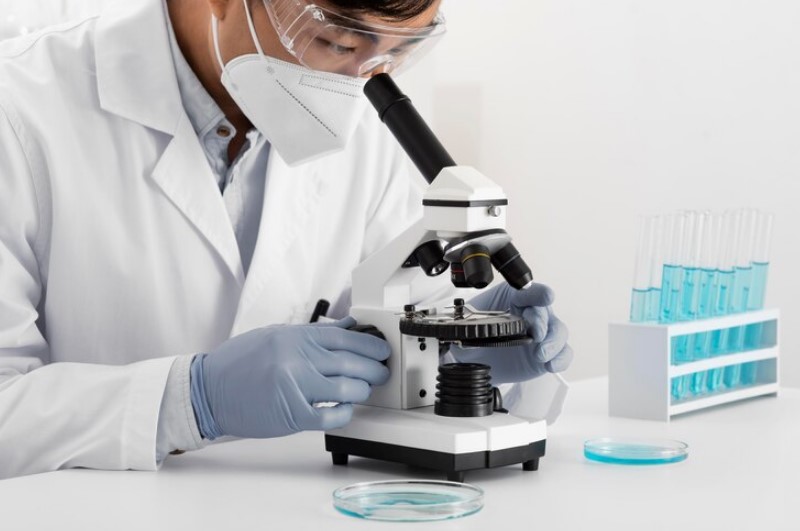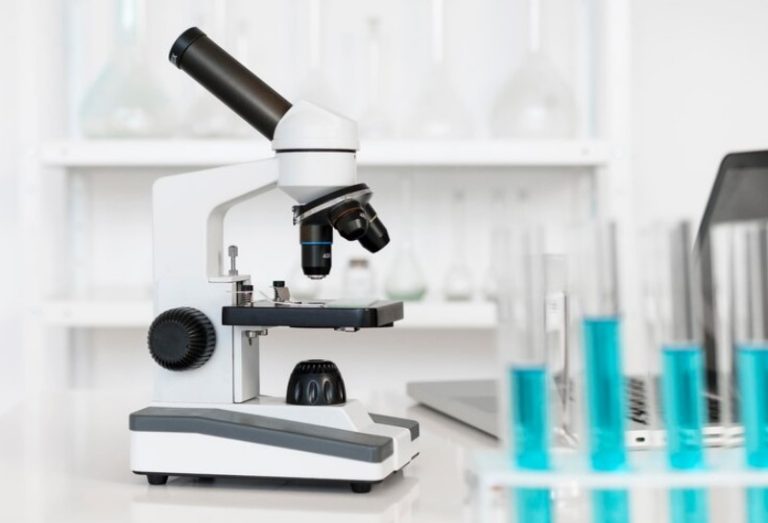Microscopes are versatile instruments that have revolutionized scientific research, education, and various industries. They offer a window into the hidden world of the microscopic, allowing us to explore and analyze objects and organisms at a level of detail impossible to achieve with the naked eye. The uses of microscopes are vast and diverse, spanning disciplines such as biology, medicine, chemistry, materials science, forensics, and more. Microscopes enable scientists and researchers to study cellular structures, microorganisms, tissues, crystals, and nanomaterials, unraveling the intricacies of life and matter. They are indispensable tools for medical diagnosis, drug discovery, quality control in manufacturing, environmental analysis, and countless other applications. With their ability to magnify, resolve, and illuminate, microscopes have become essential for advancing knowledge, driving innovation, and unlocking the mysteries of the microscopic world.
Ten Uses of Microscope
Microscopes have a wide range of applications across various fields. Here are ten common uses of microscopes:
- Biological Research: Microscopes are extensively used in biology to study cells, tissues, and microorganisms, aiding in understanding their structures and functions.
- Medical Diagnosis: Microscopes are crucial in medical laboratories for examining blood samples, identifying pathogens, analyzing tissue samples, and diagnosing diseases.
- Pathology: Microscopes are employed in pathology to examine biopsy samples and detect abnormal cellular changes associated with diseases like cancer.
- Microbiology: Microscopes enable the study of bacteria, viruses, and other microorganisms, helping in microbiological research, identification, and characterization.
- Pharmacology: Microscopes are used in pharmaceutical research to investigate the effects of drugs on cells and tissues, facilitating drug development and testing.
- Forensic Science: Microscopes are utilized in forensic analysis to examine trace evidence like hair, fibers, and fingerprints, aiding in criminal investigations.
- Materials Science: Microscopes help in analyzing the structure and properties of materials at a microscopic level, aiding in research, development, and quality control of various materials.
- Nanotechnology: Microscopes are essential for studying nanomaterials and nanoscale structures, enabling advancements in the field of nanotechnology.
- Environmental Science: Microscopes assist in environmental analysis by examining microorganisms, pollutants, and particles in soil, water, and air samples.
- Education: Microscopes play a crucial role in educational settings, allowing students to explore and learn about the microscopic world across various disciplines.

These are just a few examples of the diverse applications of microscopes. With their ability to provide detailed visualization, microscopes have become indispensable tools in scientific research, medical diagnostics, and numerous other fields.
Conclusion
In conclusion, microscopes have become indispensable tools with a wide range of applications in various fields. From biological research and medical diagnosis to materials science and forensic analysis, microscopes have revolutionized our ability to explore and understand the microscopic world. They allow scientists, researchers, and students to study cells, microorganisms, tissues, and materials with exceptional clarity and detail. The uses of microscopes span across disciplines, contributing to advancements in medicine, pharmaceuticals, nanotechnology, environmental science, and more. Microscopes have transformed our understanding of the intricate structures and processes that govern life and matter. With their ability to magnify, resolve, and illuminate, microscopes continue to be at the forefront of scientific exploration, enabling us to unravel the mysteries of the microscopic realm and driving innovation in countless fields of study.



